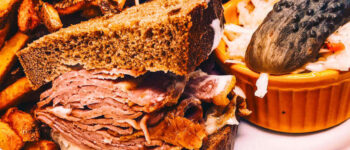Lots of people have been asking, “Does chai latte have caffeine?” Some are looking for a coffee alternative to help them stay awake. While others have come to the realization that overdosing on caffeine is causing them issues with their health.
So, today we’re going to explore the anatomy of chai latte. We’ll look at caffeine levels, but also investigate some of the other ingredients that can impact your body, sleep and ability to stay awake when desired.
The Anatomy of Chai Latte
To fully understand the benefits of chai latte, you first need to understand how it fits into Indian culture, where chai latte comes from. In India, it’s simply called “masala chai,” where it’s used for both wakefulness and digestion.
The wakefulness part is kinda obvious, but what most people don’t realize is that chai is enjoyed as the final course of an Indian meal. Known for its spiciness, Indian food heats up one’s palate while you eat, yet gets balanced by the consumption of “raita,” which is a combination of plain yogurt and cucumbers, both of which cool the body.
Then, chai is enjoyed at the end of the meal and aids in digestion. It’s often consumed alongside candied fennel, a spice also known for its digestive properties.
Does Chai Latte Have Caffeine?
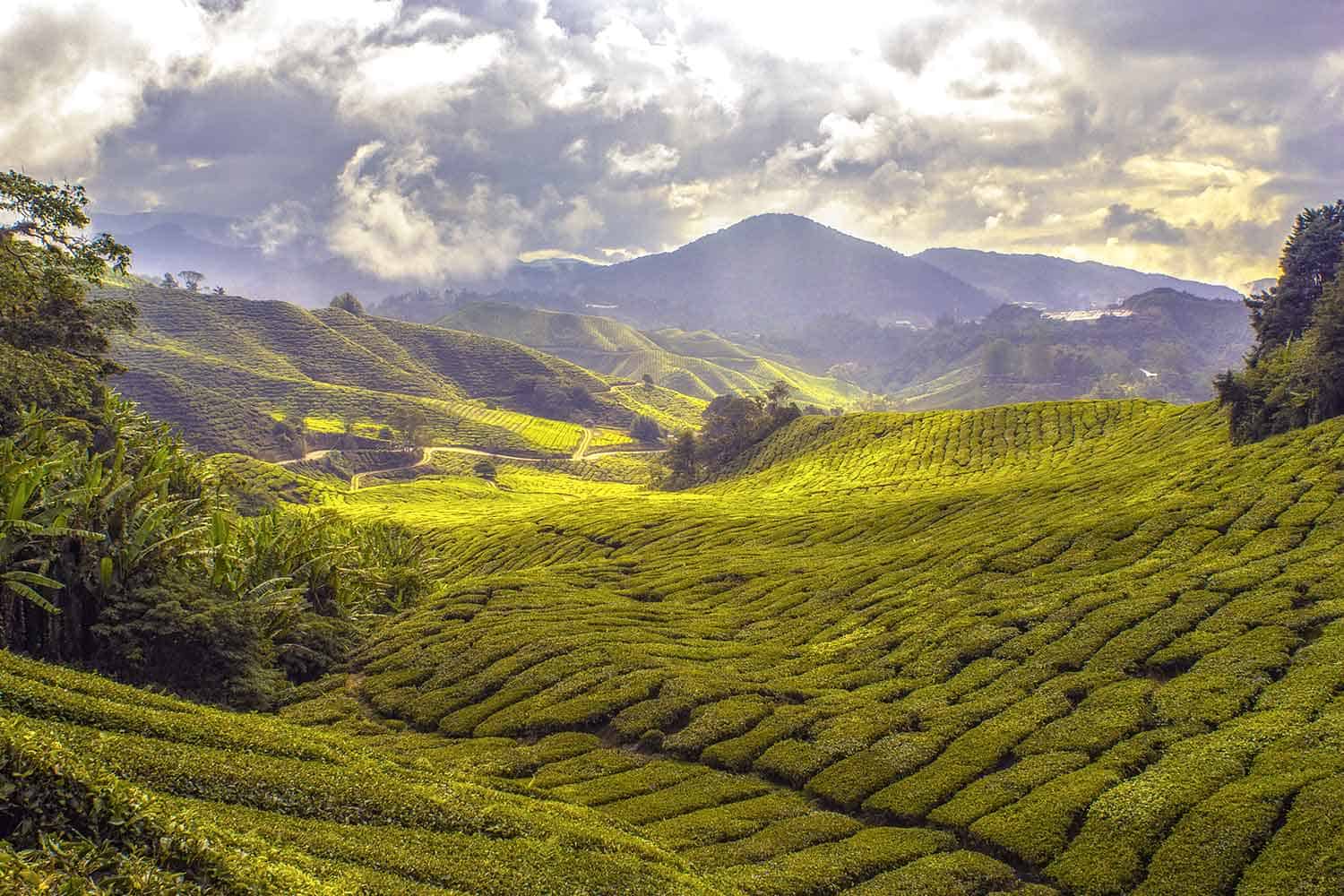
Masala chai (aka: chai latte) is made from black tea infused with various spices and blended with hot milk.
Black tea contains caffeine, which stimulates the central nervous system and blocks adenosine, a chemical in the brain that makes you feel drowsy. That can be great when you need to stay alert and focused, but not so great when you’re lying in bed wide awake and staring at the ceiling.
Understandably, the amount of caffeine varies and is highly dependent on how long the tea leaves were allowed to steep. The median amount of caffeine in a masala chai is 10 mg per ounce, though it can easily range from 6 to 20 mg depending on the preparation method used.
Serving Size in India vs the West
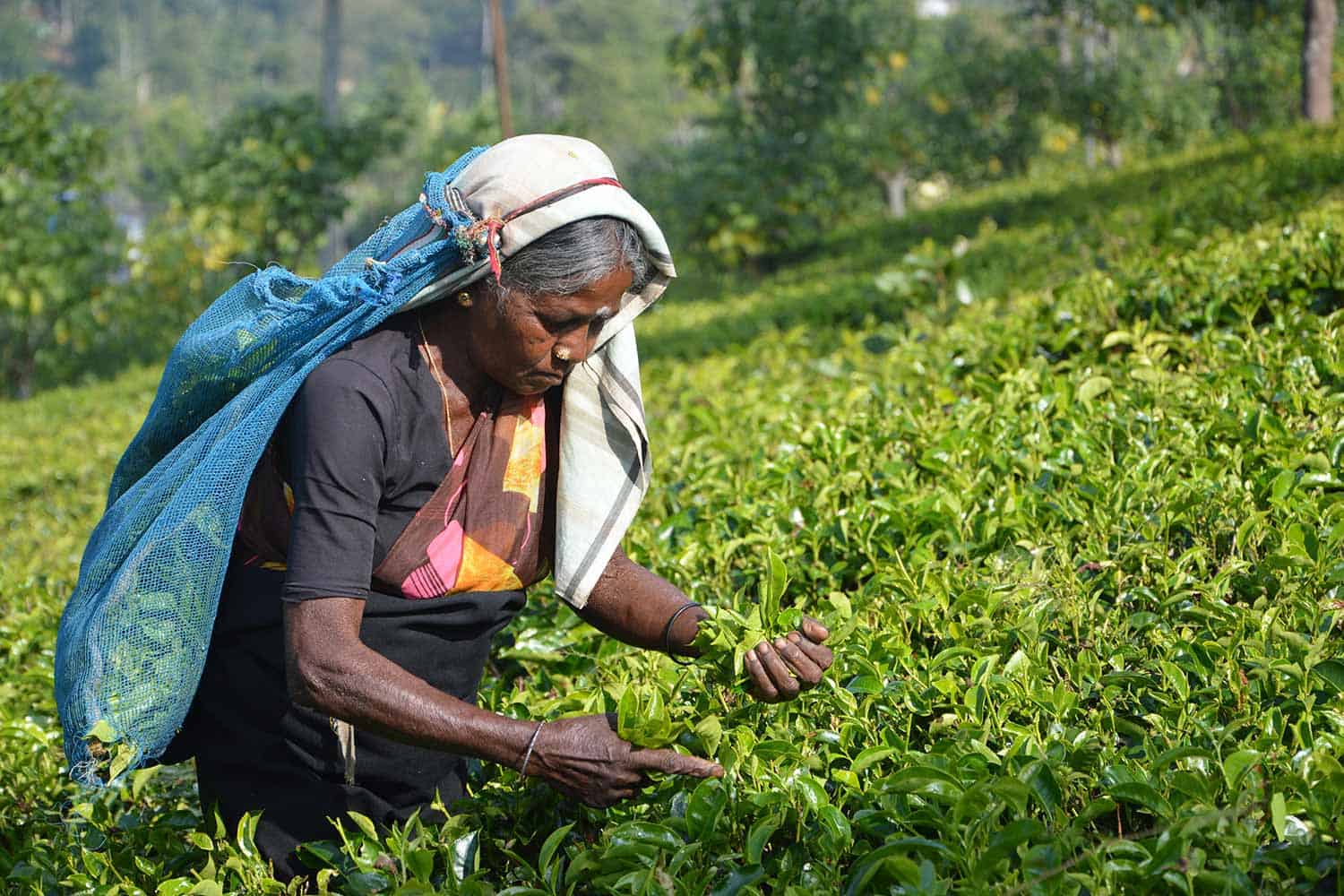
In India, masala chai is generally served in four ounce cups. However, in the west, our habit is to oversize pretty much everything. A tall – small – chai latte at Starbucks is 12 ounces, the equivalent of three servings in India.
That said, a chai latte at Starbucks has roughly six milligrams of caffeine per ounce. Let’s look at the caffeine contents for Starbucks chai latte in chart form for comparison. I’ll throw in some information on espresso and a standard cup of coffee to help put this in context.
Keep in mind that 400 milligrams of caffeine is the recommended maximum per person per day.
Caffeine in Chai Tea vs Coffee Comparison Chart
Drink0.85 – 1.0 oz (25 – 30 ml)1.7 – 2.0 oz (50 – 60 ml)4.0 oz (118 ml)8.0 oz (236 ml)12.0 oz (354 ml)16.0 oz (473 ml)20.0 oz (591 ml) Masala chai in IndiaN/AN/A40 mg80 mgN/AN/AN/A Starbucks chai latteN/AN/A24 mg48 mg72 mg96 mg120 mg Coffee from a drip coffee makerN/AN/A80 mg160 mg241 mg322 mg402 mg Single shot of espresso68 – 82 mgN/AN/AN/AN/AN/AN/A Double shot of espressoN/A136 – 164 mgN/AN/AN/AN/AN/A
So, as you can see, the amount of caffeine in a chai latte pales in comparison to what you’d get from the equivalent amount of coffee from a drip coffee maker or an espresso made on a super automatic espresso machine.
Of course, what that statement doesn’t take into consideration are human habits. Yes, some people drink caffeinated drinks purely for the jolt of energy it gives them. Though, many, if not most, people like the ritual and comfort of sipping on a beverage for a good while.
That’s what sucks us into ordering extraordinarily large sizes of our favorite drinks. In turn, we take in more caffeine than our bodies can handle and end up with negative results. Caffeine, for example, can cause the lower part of your esophagus to relax, thus triggering acid reflux.
For more information on caffeine, check out my caffeine study.
Dirty Chai Latte – the Best of Both Worlds?
For those of you who love chai lattes, but are concerned about getting enough caffeine for your day, you might consider making your chai dirty. That’s when you or your favorite barista add a single or double shot of espresso to your chai latte for an added caffeine boost. Yowza!
See more : How To Cook Angel Hair Pasta
Think of it as a crossover between a conventional latte and chai. Aside from really amping you up, it has a way of winning fans of both beverages.
Just pay attention to how much caffeine you’re consuming. Obviously, adding 68 to 164 milligrams of caffeine to a single beverage is something you need to consciously evaluate.
Sleep and Our Health
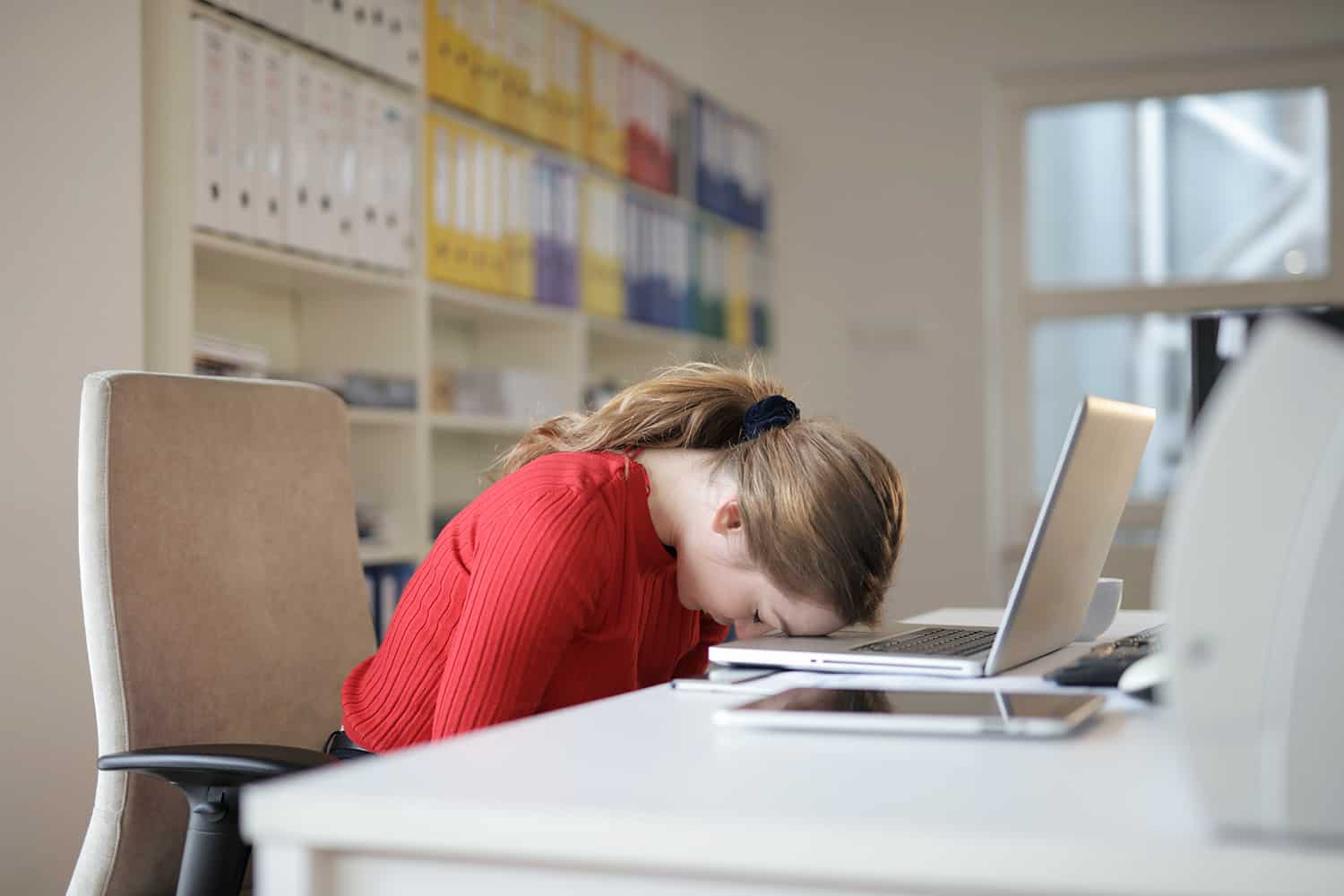
Considering the importance of sleep to good health, we should change the old saying “you snooze, you lose” to:
You snooze, you win!
We can’t function without sleep. Not being able to function can have disastrous consequences for our overall fitness, career and personal relationships.
Getting in quality sack time can be elusive though, especially when there are numerous things that get in the way of a good night’s rest. Here are a few that come to mind:
- Stress
- Money
- Caffeine
- Alcohol
- Elections
- Pandemics
- News broadcasts
- Irregular sleeping schedules
- Using electronic devices late in the evening
- Physical illness and medications
- Mental health
- Neurological disorders
Is Caffeine From Chai Latte Keeping You Up?
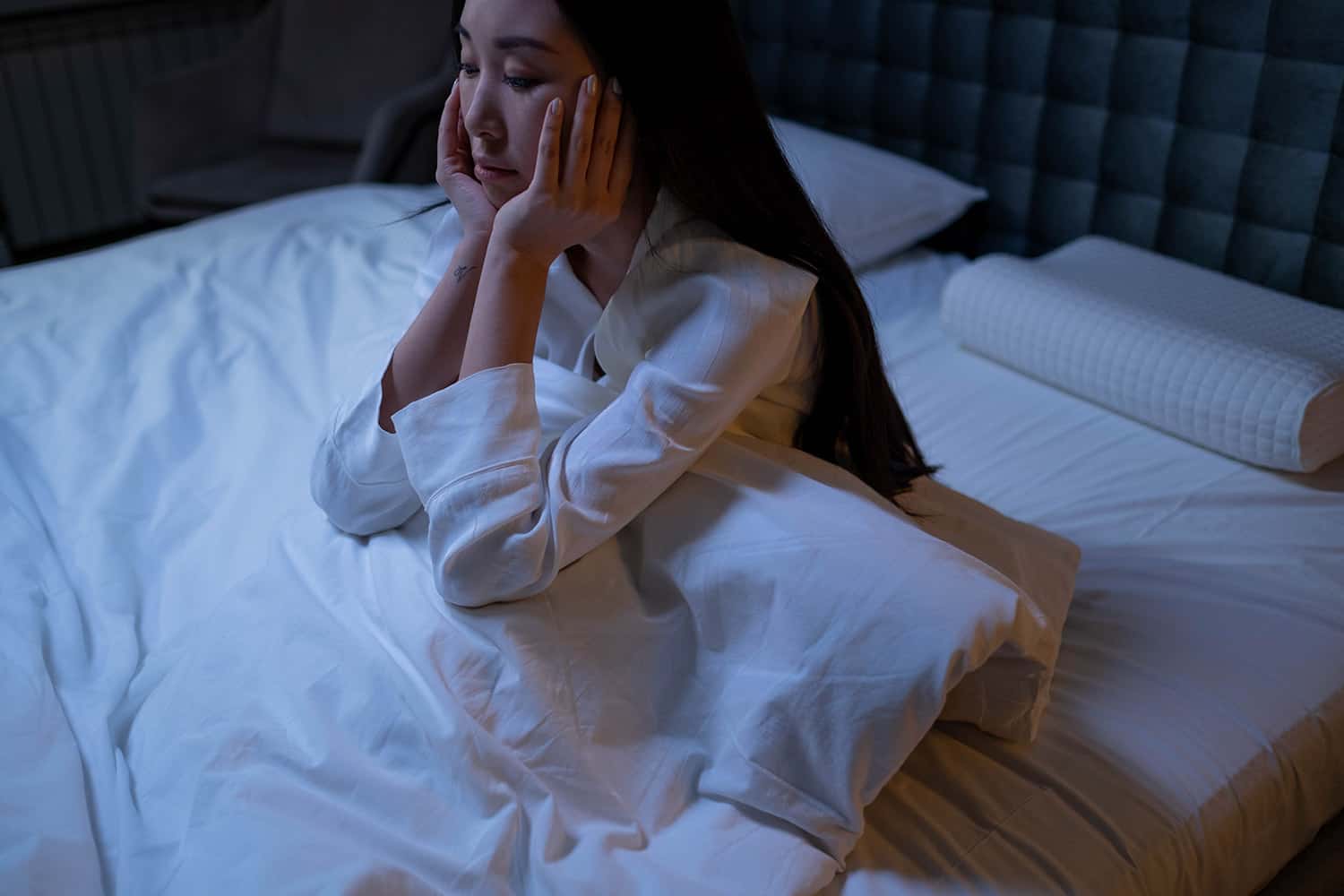
Most of us know that consuming food or drink that contains caffeine will keep you awake. That’s why we reach for it when we feel our eyelids drooping. But, what might not be obvious is how long it takes to metabolize one serving of chai latte.
Caffeine has a half-life of three to five hours. In other words, that’s how long it takes your body to eliminate half a dose of the stimulant. For this reason, it’s best to avoid caffeine at least six hours before bedtime. Ten if you want it completely out of your system.
That’s why people tend to switch to decaf coffee as they grow in age and wisdom.
But caffeine isn’t the only thing that can interfere with you getting quality shut-eye. If you’re still struggling after putting a reasonable amount of time between your last cup of chai latte and bed, it might be time to look for other culprits.
Are Chai Latte Spices Stimulating?
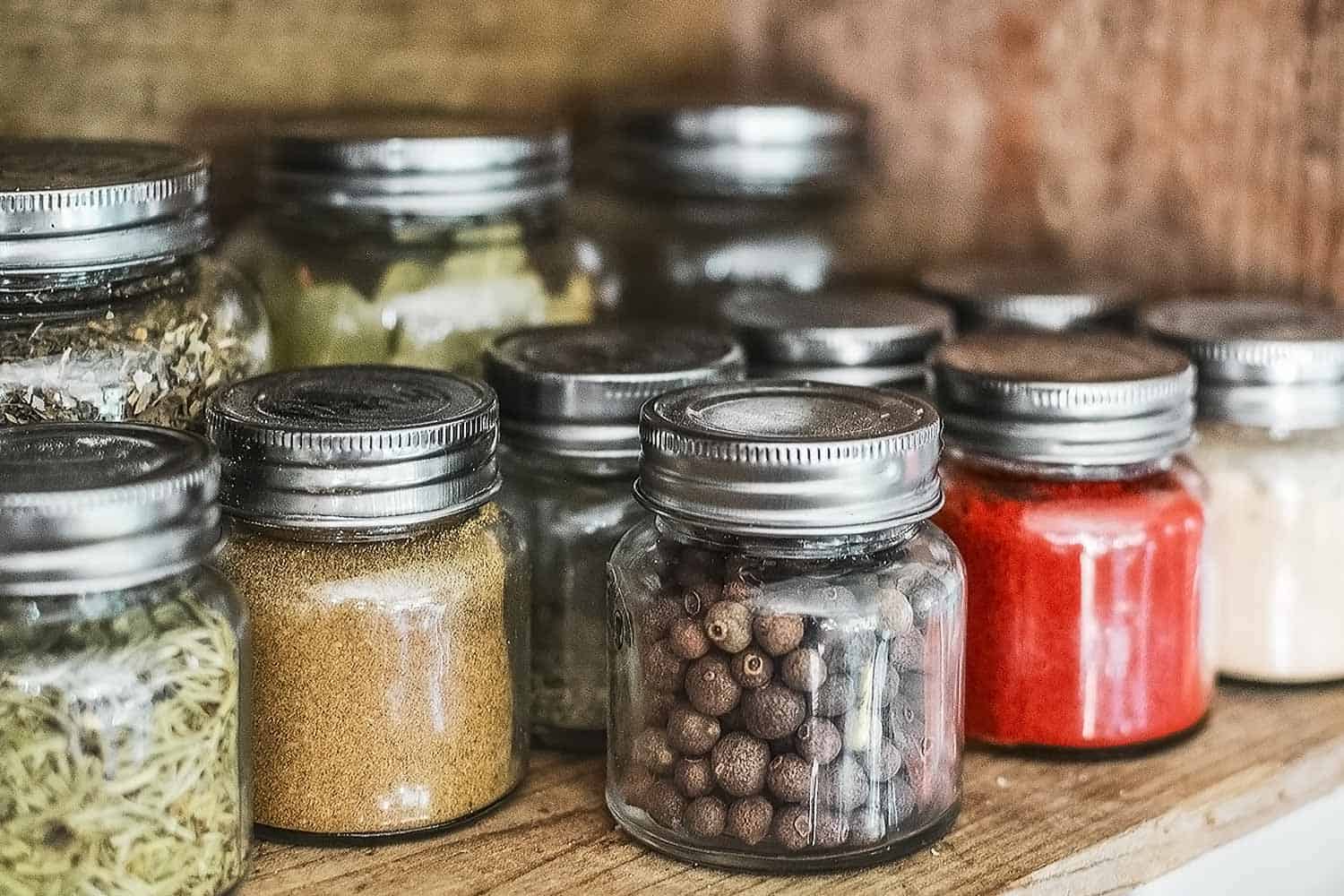
Black tea is not the only ingredient in a chai latte. Other common ingredients include cinnamon, cloves, cardamom, ginger, black pepper and star anise. While these don’t have caffeine, they can still affect your wakefulness.
Keep in mind that each person’s body reacts differently to spices. While a specific spice might be calming to one person, in someone else it might stimulate or cause inflammation. So, pay attention to how your body reacts as you consume them.
It’s also best to evaluate your quantities of intake with a licensed health professional (aka: your doctor).
Let’s take a look at the common characteristics of each.
Cinnamon
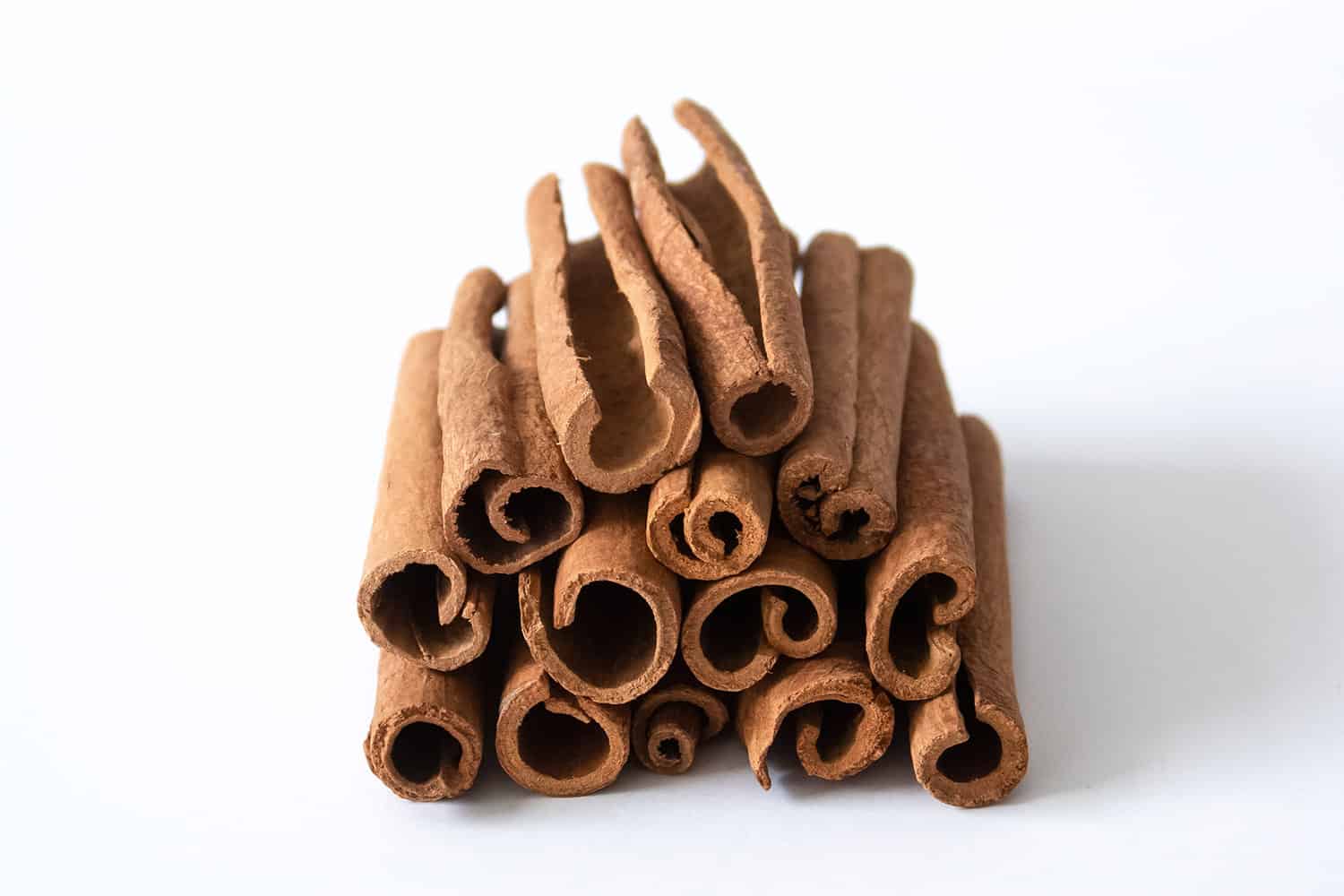
- Powerful antioxidant that is known for having significant amounts of polyphenols
- Strong anti inflammatory and antibacterial properties
- Natural aphrodisiac that increases blood flow in the abdominal region
- Can significantly decrease fasting blood sugars and the resulting spikes in hunger levels
- Relaxes blood vessels, thus lowering blood pressure
- Known to reduce “bad” LDL cholesterol and triglycerides
Clove
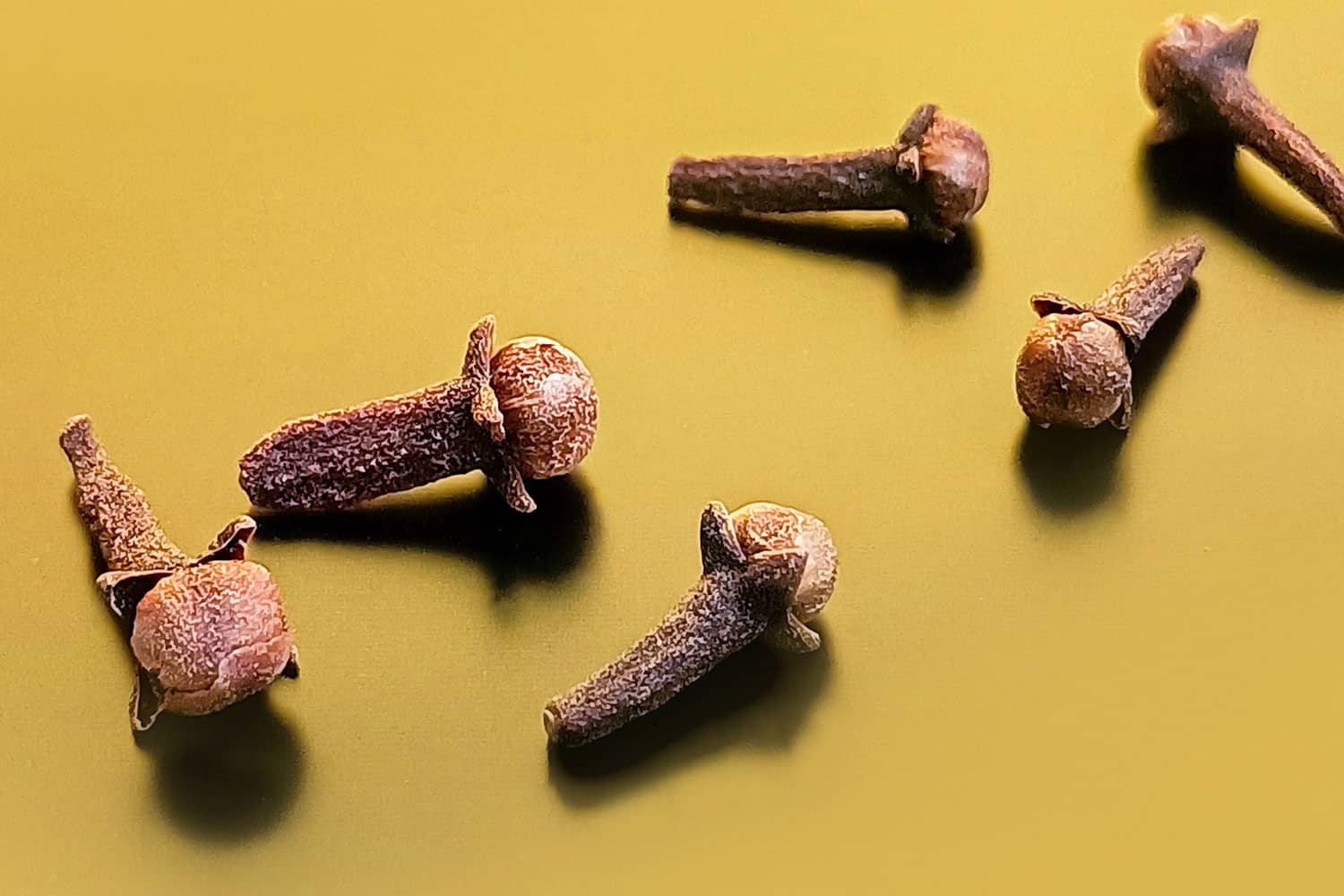
- Antioxidants in cloves show promise in preventing oxidative stress that leads to disease
- May improve bone density and growth among osteoporosis sufferers because of manganese content
- Antimicrobial properties that help fight off plaque and gum bacteria
- Ease stomach ulcers by strengthening the stomach lining
Cardamom
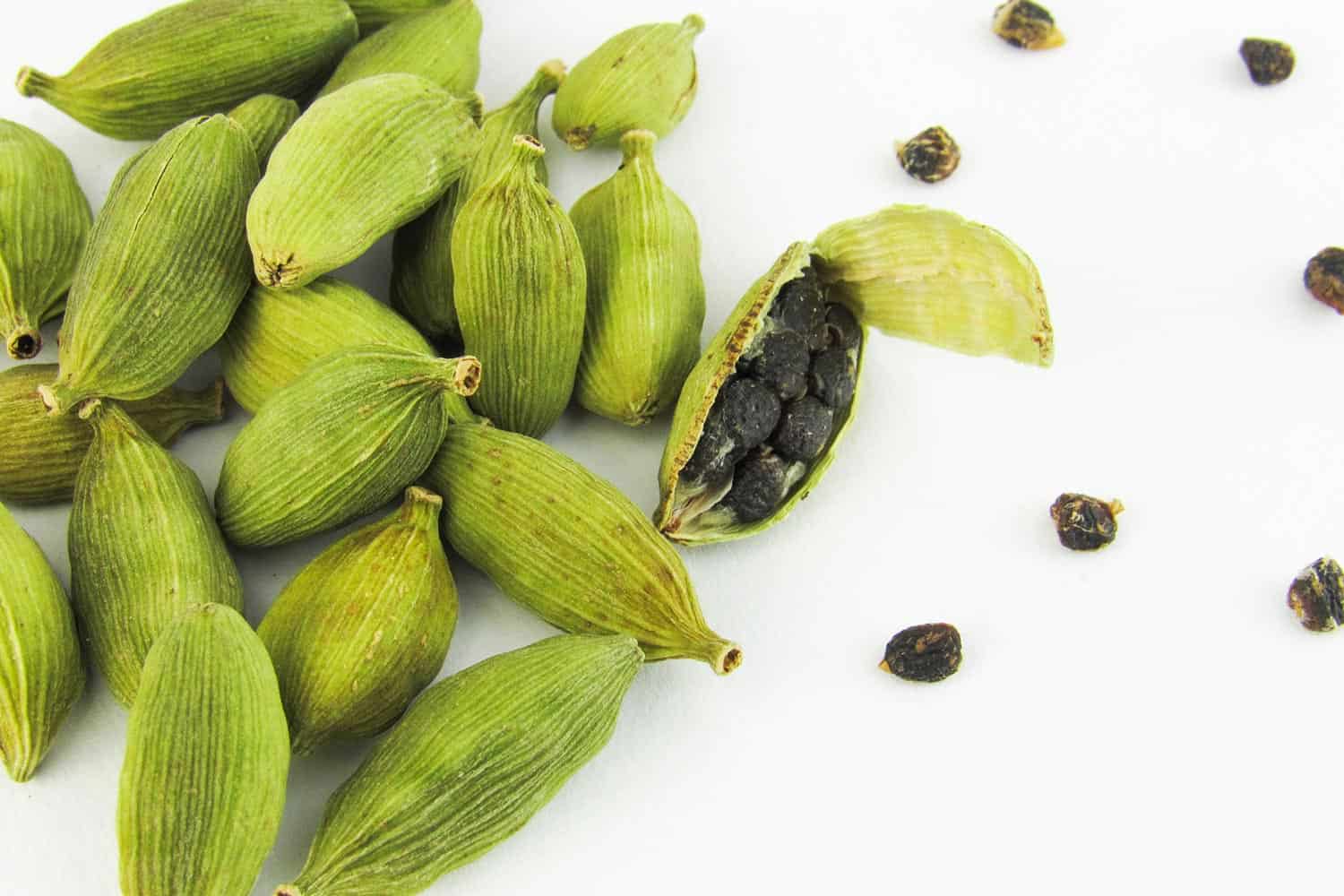
- Inhibits the formation of anti inflammatory compounds
- Antibacterial properties associated with alleviating stomach ulcers
- Indications it might improve breathing and oxygen uptake
- Being studied for benefits in fighting cancer
Ginger
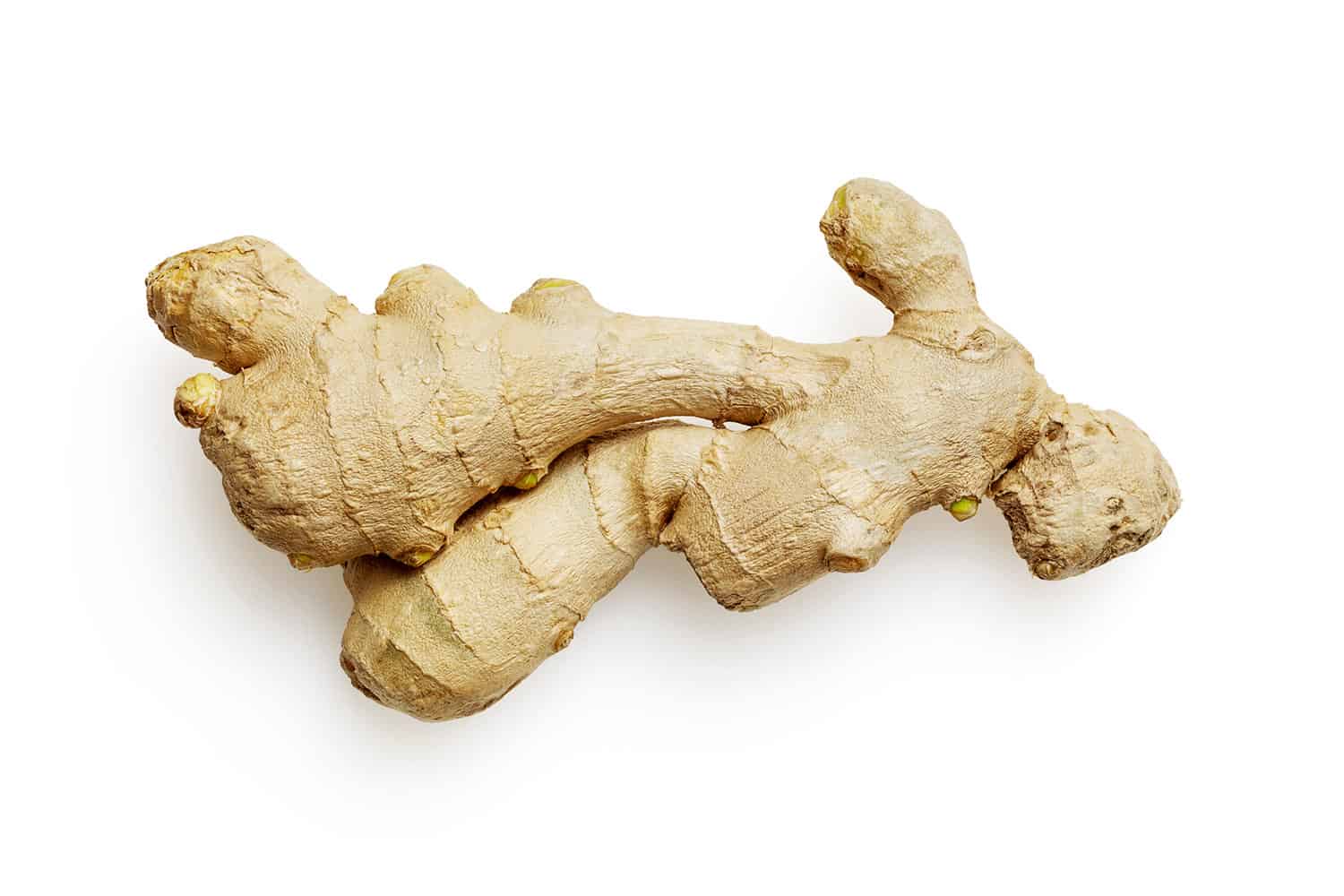
- Popular remedy for nausea that can be a help with morning sickness
- Commonly used to relieve indigestion
- Indications that the root can be effective in treating menstrual pain
- Studies show promising results for brain protection and slowing age-related cognitive decline
Black Pepper
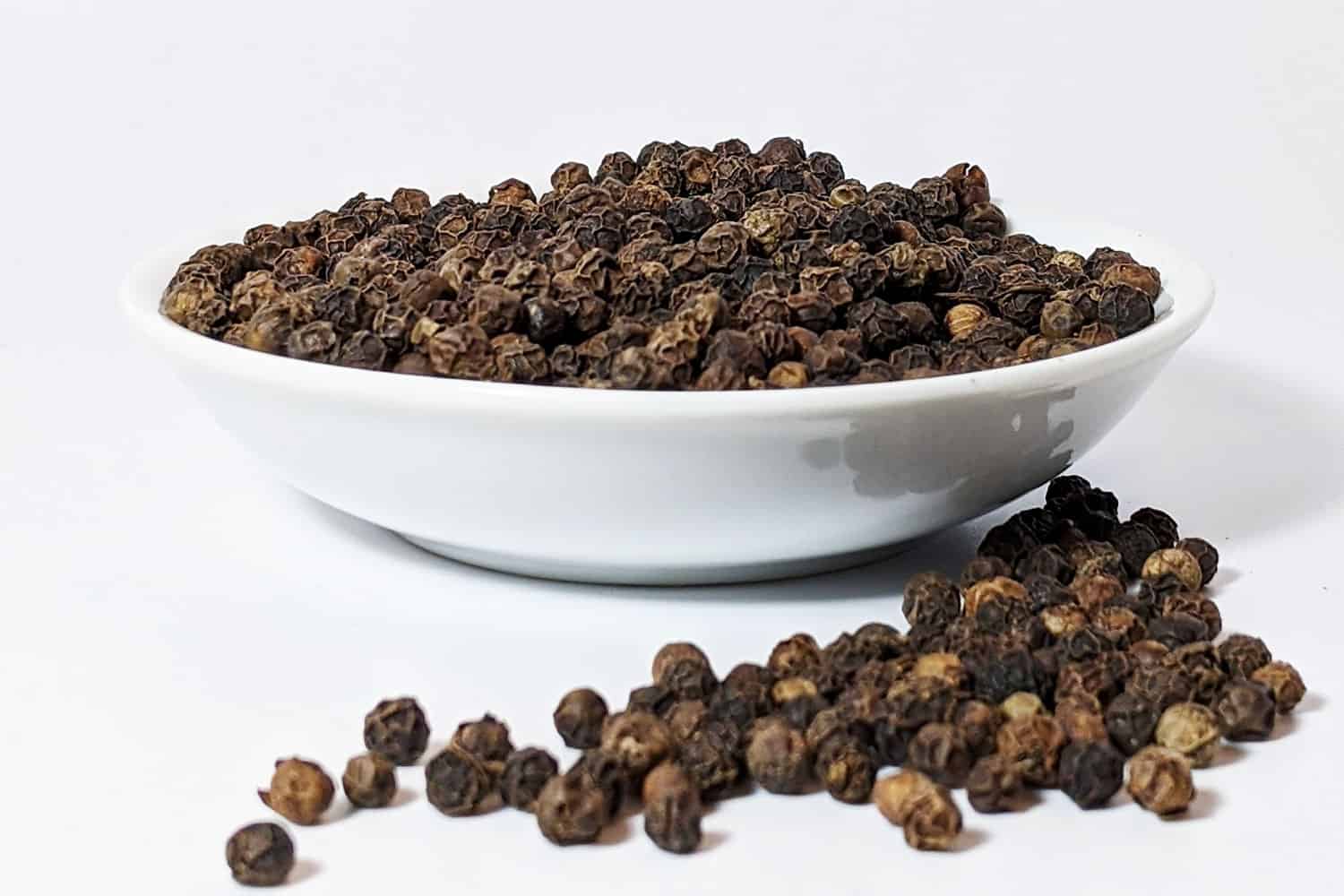
- Boosts the body’s ability to absorb key nutrients
- Natural pain reliever
- Piperine, a compound in black pepper, is being studied for its cancer fighting properties
- High in antioxidants
- Anti inflammatory
Star Anise
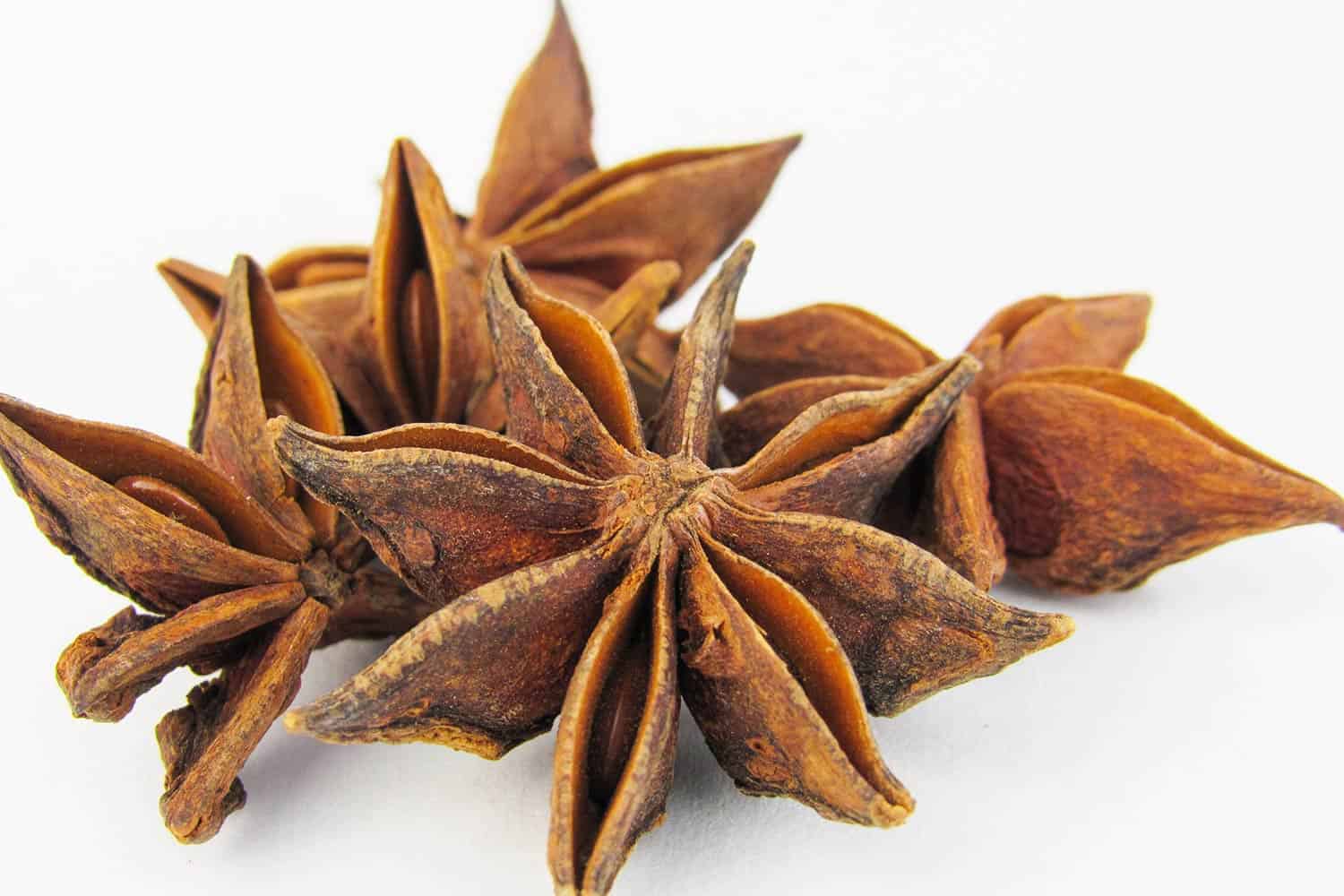
- Used to create Tamiful
- Beneficial in fighting respiratory infections
- Sedative properties that promote good sleep
- High in iron, which promotes red blood cell production
- Improves digestion by reducing bloating, flatulence and cramping
- Helps balance hormones, working as an aphrodisiac in men
- Can assist in regulating menstrual cycles in women
Chai Latte and Sugar
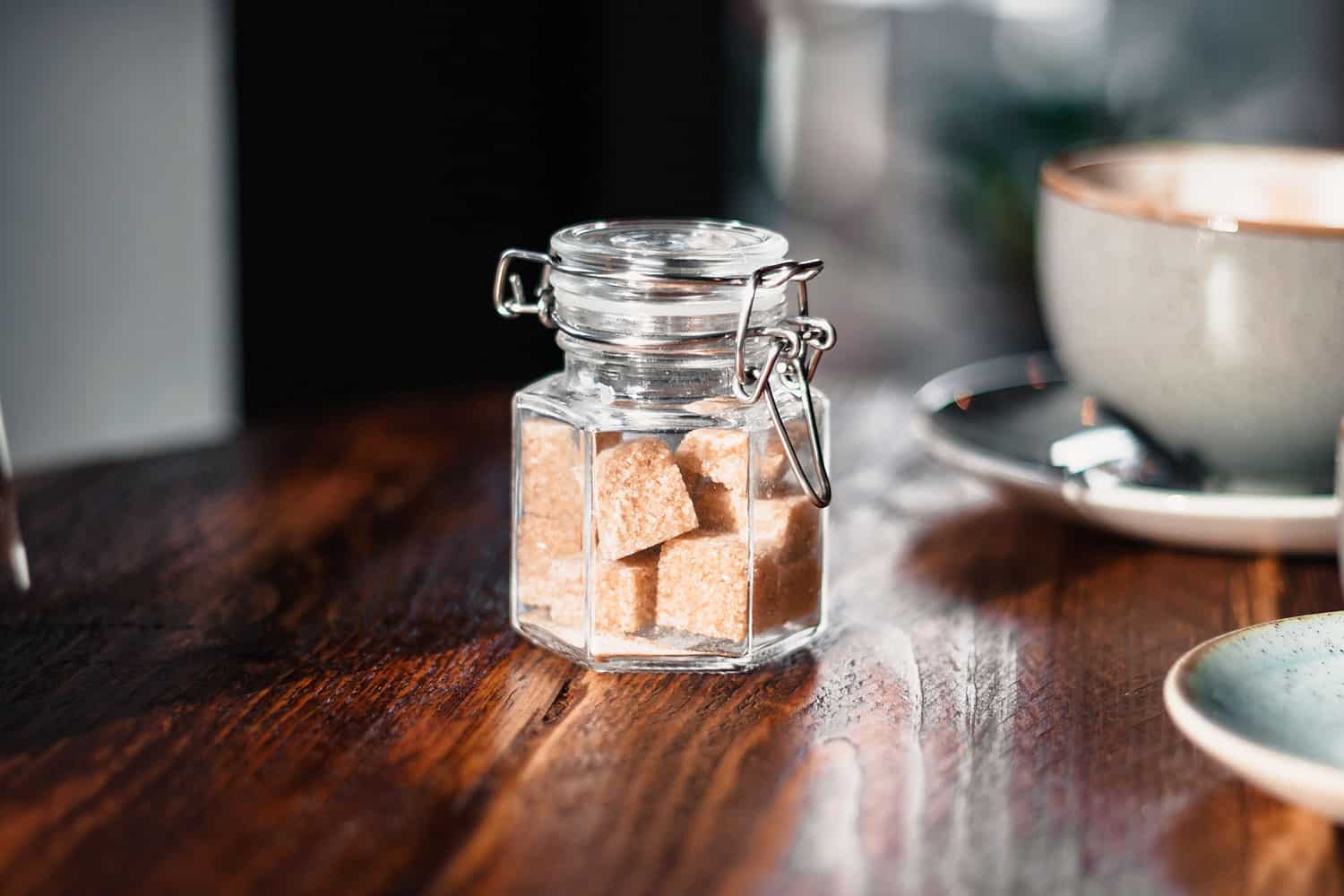
I wish it weren’t so, but eating a diet high in sugar can seriously disrupt your sleep. In turn, when the quality or quantity of your rest suffers, you’re more likely to crave sweet stuff the next day. And you guessed it, that creates a vicious cycle.
Even if you’re not keen to give up the sweet stuff — and most chai drinks are pretty sweet — it’s best to treat them a bit like caffeine and have them earlier in the day.
Why not have a chai latte near bedtime, you ask? Well, because by increasing blood sugar and triggering the release of insulin to help absorb the fuel at a cellular level, sugary snacks and drinks prepare your body for action. Just as it’s supposed to be doing the opposite — winding down for a good night of rest.
Starbucks Chai Latte
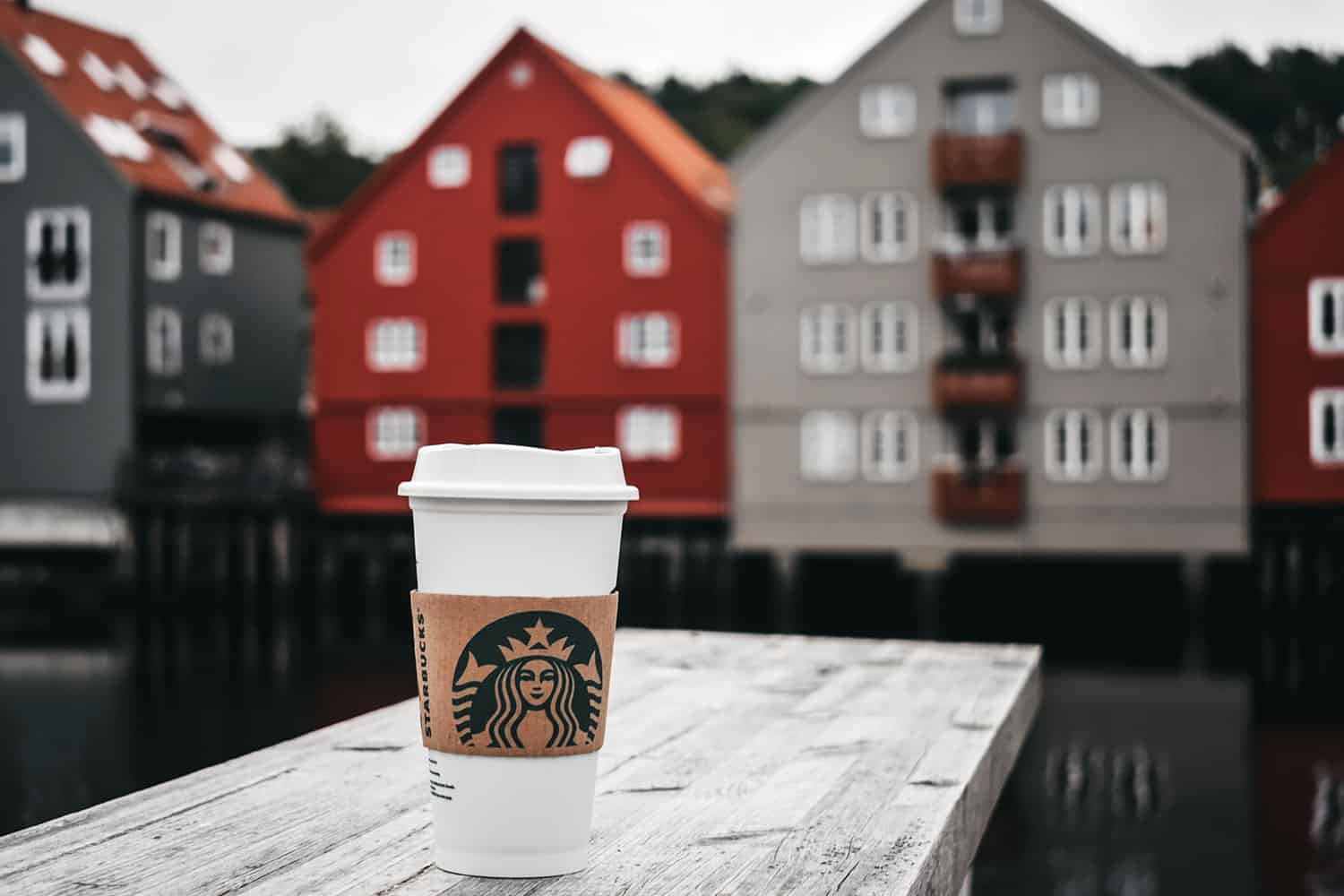
The chai latte you get from Starbucks is made with a concentrate. This blend of tea and spices has lots of sugar on it’s own. If you check out Tazo Classic Chai Latte Concentrate you’ll see that one serving has 24 grams of sugar by itself.
Now, that’s only enough for a tall – small – chai latte at Starbucks. So, when you go for the venti – large – you’re getting considerably more. By the time you take into consideration the sugars from the milk and syrups, a standard venti chai latte gives you a whopping 53 grams of sugar!
The American Heart Association recommends limiting added sugars to 36 grams per day for men and 25 grams for women. Fifty three grams is way overboard!
And you definitely aren’t doing yourself any favors with the insulin spikes.
Take a look at these figures:
Starbucks Chai LatteShort (8.0 oz / 236 ml)Tall (12.0 oz / 354 ml)Grande (16.0 oz / 473 ml)Venti (20.0 oz / 591 ml) Caffeine48 mg72 mg96 mg120 mg Sugars21 g32 g42 g53 g
Dunkin’ Chai Latte

The nutritional value of Dunkin’s chai latte is quite similar to that of Starbucks. However, I had to laugh when I saw that Dunkin’ conveniently left the percent of daily value part blank on their website. They know it’s not good for us!
Dunkin’ Chai LatteSmall (10 oz / 296 ml)Medium (14 oz / 414 ml)Large (20 oz / 591 ml) Caffeine70 mg105 mg140 mg Sugars27 g40 g54 g
Verdict: Does Chai Latte Have Caffeine?
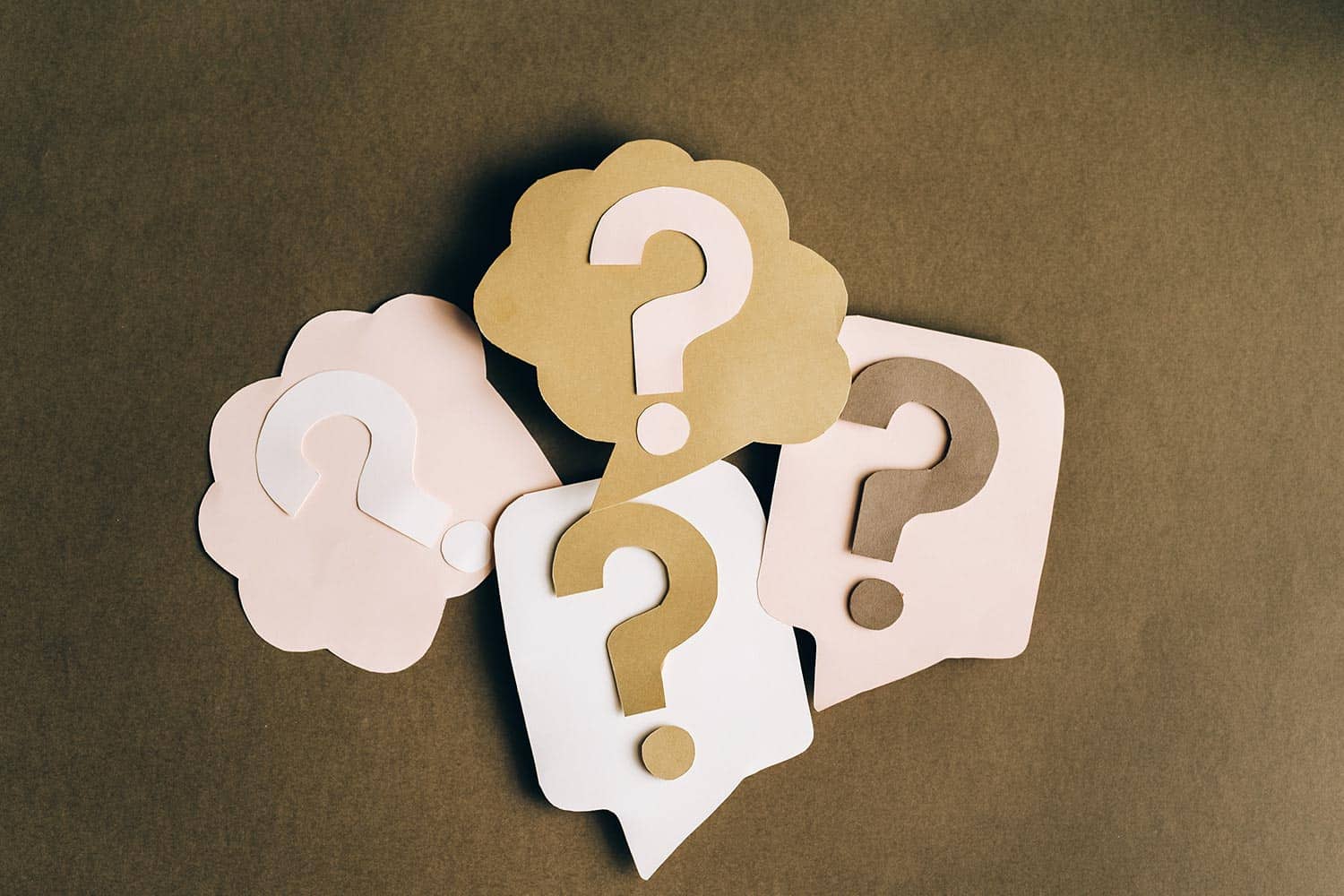
Indeed, by now you already know the answer to this question. Yes, chai latte definitely has caffeine! Hopefully, you’ve also gathered that the spices and sugars in chai latte also might be affecting you.
I don’t know if your goal is to cut down on your caffeine and improve your sleep or to do the opposite and make sure you’re staying alert for tasks. Whatever the case may be, I hope this article has been helpful to you. That’s the goal!
FAQ About the Caffeine in Chai Latte
Nigel Gildon editor:Nigel Gildon is the editor of Chef Wayne’s Big Mamou: Chef Wayne’s Big Mamou. He has worked in the publishing industry for many years and has a passion for helping new authors get their work into the hands of readers. 63 Liberty Street * Springfield, MA 01003





